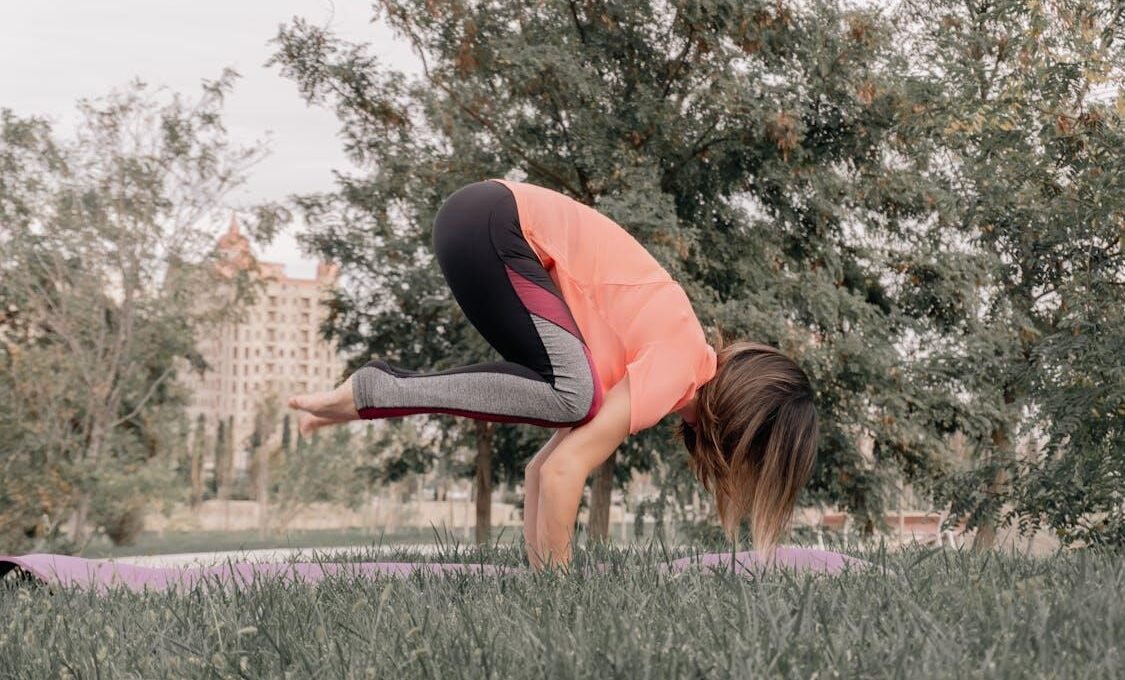Finding balance in everyday life often feels like a challenge. Between long work hours and personal responsibilities, people easily neglect their well-being. Yet, small, steady changes can make a meaningful difference. More people are embracing integrated wellness approaches that bring together physical renewal, relaxation, and stress relief. Modern wellness studios now offer advanced therapies designed to restore balance and help people feel re-energized. These spaces provide ways to recover from fatigue, improve focus, and maintain consistency in self-care routines. The focus is not only on short-term relief but on creating habits that promote lasting vitality and happiness through practical, science-supported methods that fit real lifestyles.
Here’s how you can improve your overall well-being:
The Power of Small Shifts in Everyday Routine
Small actions can influence emotional and physical balance in surprising ways. Building consistent habits like drinking enough water, sleeping on time, and eating balanced meals contributes to better focus and calmer moods. Taking brief breaks during the day to stretch, breathe deeply, or step outside can lower stress levels. These actions are simple yet impactful when done regularly. Instead of large lifestyle overhauls, consistent small improvements make routines more sustainable. Developing these habits encourages people to stay motivated because they see progress without feeling overwhelmed. Over time, the effects add up, helping them handle challenges with more ease and mental clarity.
Reimagining Wellness Through Modern Care
Some wellness centers today combine modern science with restorative therapies to help people regain energy and peace of mind. Services such as cryotherapy, lymphatic drainage, and IV hydration treatments promote body recovery and mental refreshment. For example, Hydrology Wellness integrates relaxation, detoxification, and rejuvenation under one roof. They focus on treatments that restore circulation, improve hydration, and support the body’s natural balance. Advanced options like body sculpting, infrared saunas, and compression therapy offer noninvasive methods to renew the system. They provide a space where technology meets comfort, guiding clients toward improved vitality through customized sessions designed to match different wellness goals and daily demands.
Building Emotional Resilience One Step at a Time
Emotional resilience grows when people take moments to reflect and reset. Journaling, mindful breathing, and expressing gratitude help reduce emotional strain. These small habits encourage people to identify triggers and manage reactions more calmly. Developing this balance doesn’t happen overnight; it’s built through steady practice. Taking short breaks from devices or stepping away from work allows the mind to reset. Listening to calming sounds or guided meditations can also provide structure for emotional recovery. The aim is to replace tension with intentional calm. Over time, people who follow this path notice improved focus and better coping abilities in daily situations, creating steadier moods and greater overall satisfaction.
Nourishing Your Body with Intention
What people eat influences both energy and emotional stability. Choosing meals that include whole foods, lean proteins, and natural sources of vitamins supports consistent vitality. Instead of focusing on restrictive diets, the goal should be balanced eating that encourages moderation and satisfaction. Staying hydrated is equally important, as dehydration can increase fatigue and irritability. Preparing simple, nutritious meals in advance can make healthy choices easier during busy days. Avoiding excessive caffeine or processed snacks also helps maintain a stable mood throughout the day. When people treat food as fuel rather than a restriction, they find more enjoyment and strength in daily routines, both mentally and physically.
Movement That Supports Strength and Calm
Physical activity does more than shape the body. It improves mood and emotional balance. Light exercise, such as yoga, stretching, or walking, increases circulation and helps release built-up tension. These activities also support better sleep and focus throughout the day. Instead of pushing limits, finding movement that feels good helps build consistency. Dancing, swimming, or cycling can also work well for those who prefer more variety. Short bursts of movement between work sessions can re-energize the mind and reduce restlessness. The idea is to stay active in ways that fit personal schedules and preferences, creating a sustainable path toward better balance and inner calm.
The Role of Quality Rest in Wellness
Sleep is one of the most powerful tools for restoring energy and emotional stability. Creating a restful bedtime routine can make a huge difference. Avoiding screens an hour before bed, dimming the lights, and using calming scents like lavender promote deeper rest. Setting a consistent sleep schedule helps regulate internal rhythms, improving focus and mood the next day. People often underestimate how much recovery happens during sleep. It’s when the body repairs itself and the mind resets. A few nights of quality rest can improve alertness and emotional clarity. Making rest a top priority supports other wellness goals, helping people feel renewed and ready for daily challenges.
Reducing Mental Clutter for Clarity
Modern life often feels crowded with distractions, notifications, and endless to-do lists. Simplifying your environment and schedule can restore mental clarity. Start by organizing physical spaces like your desk or bedroom. Fewer visual distractions make it easier to think clearly. Limiting social media or unnecessary multitasking can also reduce stress. Taking time to plan your day in the morning helps you stay in control instead of reacting to chaos. Clearing mental clutter creates room for focus and creativity. These small steps allow you to be more present and calmer, which leads to better decision-making and smoother emotional balance throughout the day.
Finding Support and Connection
Well-being grows through genuine connection. Talking to someone you trust can ease emotional tension and provide perspective. Group activities, shared hobbies, or supportive gatherings create a sense of belonging. For some, professional guidance or wellness communities offer structured encouragement. Surrounding yourself with people who share positive habits can inspire long-term consistency. Simple gestures, like calling a friend, joining a group class, or volunteering, help maintain emotional stability. These connections remind you that challenges are easier to face with support. Building meaningful relationships creates a steady foundation for growth, happiness, and resilience, turning shared moments into a vital part of everyday balance.
True change begins with simple, intentional steps. Creating time for rest, nourishment, movement, and reflection helps transform stress into strength. The goal isn’t perfection. It’s steady progress. Small actions practiced consistently lead to lasting improvement in energy, focus, and mood. Wellness becomes achievable when it fits comfortably into daily life. Whether through mindful habits or modern therapies, the journey toward a healthier and happier you begins with awareness and commitment. With regular practice, balance stops being something to chase and becomes a natural part of who you are.



